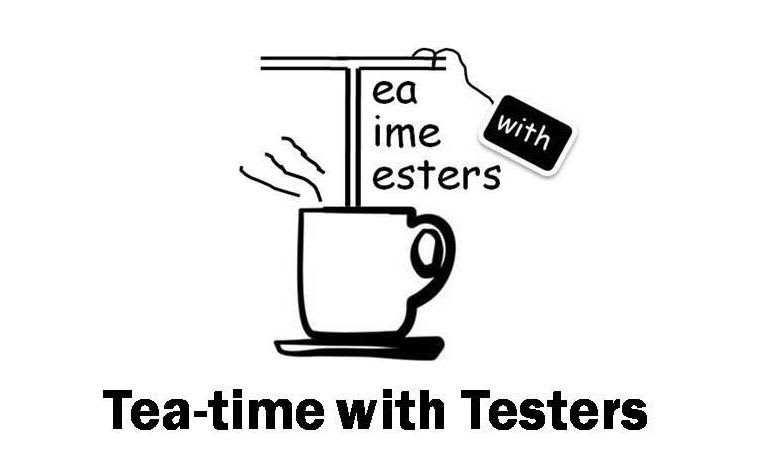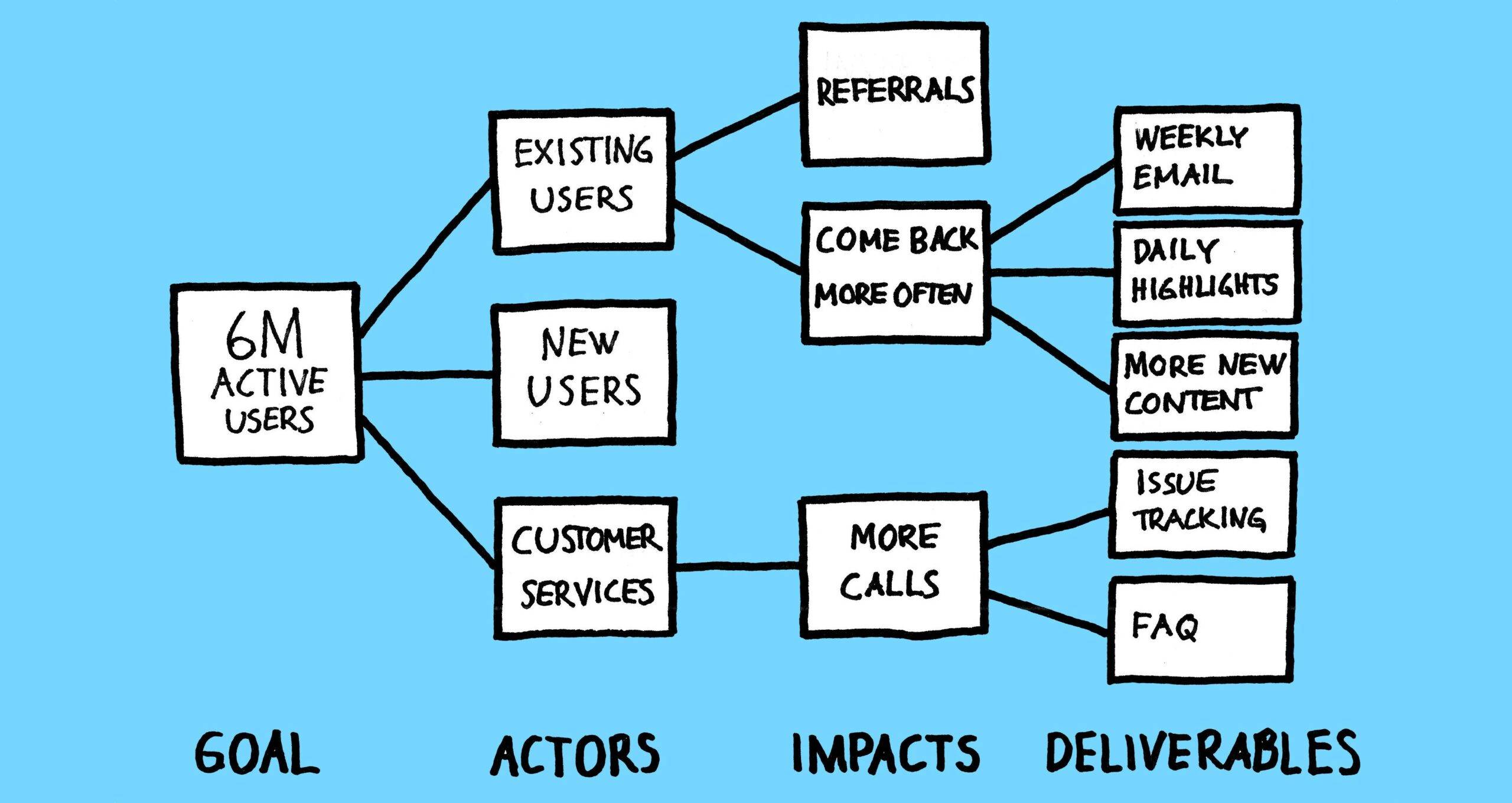9.0 Score
Pros
- Easy to understand
- Useful illustrations
- Powerful concept
Cons
- Real life examples could be helpful
- More tips for Testers not embedded in product teams could have helped
Final Verdict
Useful read for teams to achieve common goal. Great method of collaboration to build right things.
After I finished reading GojkoAdzic’s book ‘Impact Mapping’, here are some impressions this book left on me.
Things that I liked:
- Look, Feel, and Style
Being a magazine designer myself, I always try to keep the design easy to read and appealing enough to keep the reader engaged with the idea.
‘Impact Mapping’ won my heart with its simple yet appealing design. Appropriate use of cartoons has made it even more interesting.
- Problem Analysis and Explanation
The thing I liked most about this book is ‘excellent problem analysis and the way it has been explained to readers’. Gojko’s analysis around failures in software development reveals his rich experience and study on this subject.
- Narration
It’s not just enough to know the solution to any problem but it’s equally important to be able to explain/present it in a manner that others will understand and give it a thought.
I liked the way Gojko has explained his idea of Impact Maps. Each topic is well-connected with the other one and that helped me to stay away from confusion.
- The Concept
I won’t tell you what Impact Mapping is all about (because Gojko has done that job well and it would be a great experience to learn it via his book itself). But yes, if you are fond of mind-mapping and if visual techniques attract you then you’ll certainly like the idea and you’ll like it even more once you try your hands out (I feel).
I liked the concept, especially because it’s a powerful tool to find out whether you are doing the right things at right time and with the right set of resources, or not. It can also help to address/identify the ‘Problem of many’ if you get it right.
[Hint – Gojko Adzic (with David Evans) had written an article ‘Visualising Quality’ in July’11 issue of Tea-time with Testers. I feel that part of that article can give you a slight idea about Impact Mapping ]
Things that I would have loved to see:
- It’s not necessary but IMO, some additional real-life examples (from simple to complex) could have helped readers to re-check with their interpretation of the idea. Or maybe some ‘Try this Out’ kind of exercise (wherever applicable) could have been an added advantage.
- I am a passionate tester and I would have loved to get some special tips for testers on how testers can make effective use of the concept. Especially, where testing teams operate separately and not as a part of the development team.
Conclusion:
Professionals with experience of (or inclination towards) Agile development methodology are surely going to like this book because it provides a simple yet powerful solution to a majority of problems that Agile teams often face.
If your organization follows that iterative approach or if it is planning to adopt Agile development methodology then this book is a must-read.
Hope you find this review helpful.

